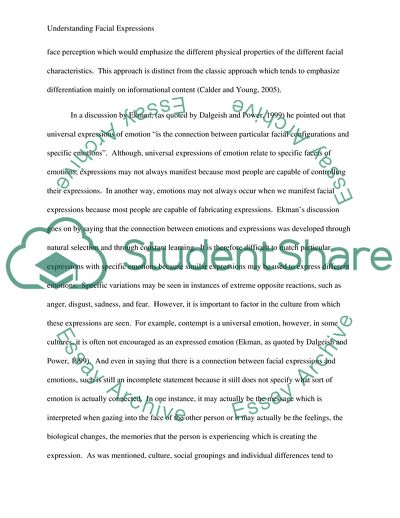Cite this document
(Understanding Facial Expressions Case Study Example | Topics and Well Written Essays - 1500 words, n.d.)
Understanding Facial Expressions Case Study Example | Topics and Well Written Essays - 1500 words. https://studentshare.org/psychology/1728911-understanding-facial-expression
Understanding Facial Expressions Case Study Example | Topics and Well Written Essays - 1500 words. https://studentshare.org/psychology/1728911-understanding-facial-expression
(Understanding Facial Expressions Case Study Example | Topics and Well Written Essays - 1500 Words)
Understanding Facial Expressions Case Study Example | Topics and Well Written Essays - 1500 Words. https://studentshare.org/psychology/1728911-understanding-facial-expression.
Understanding Facial Expressions Case Study Example | Topics and Well Written Essays - 1500 Words. https://studentshare.org/psychology/1728911-understanding-facial-expression.
“Understanding Facial Expressions Case Study Example | Topics and Well Written Essays - 1500 Words”. https://studentshare.org/psychology/1728911-understanding-facial-expression.


